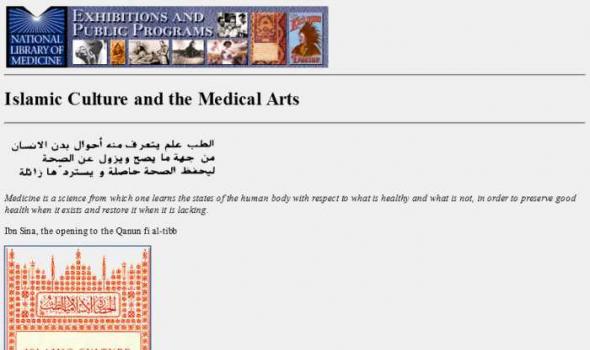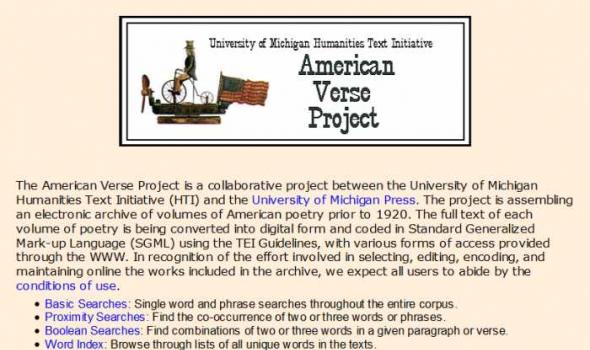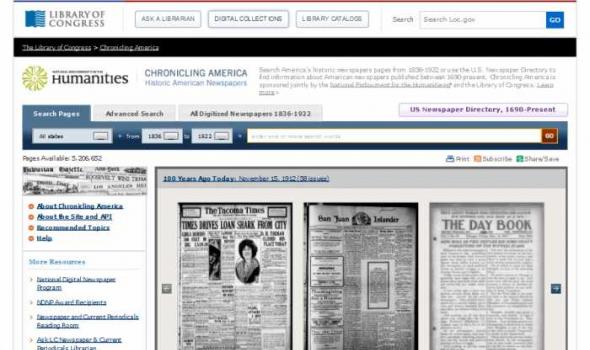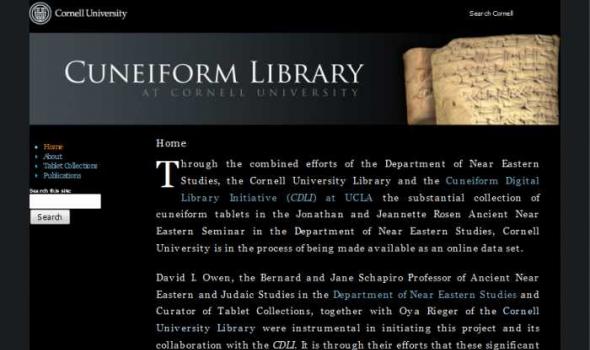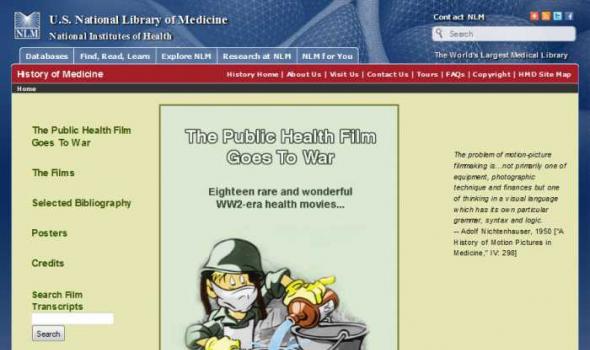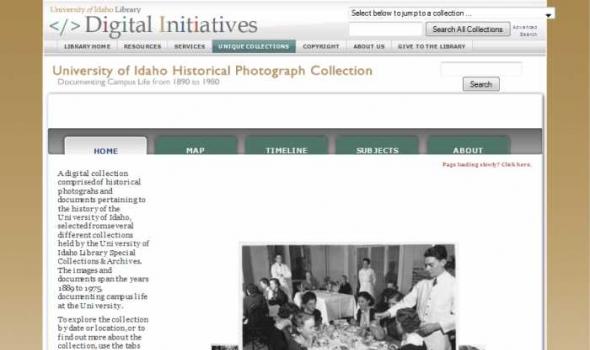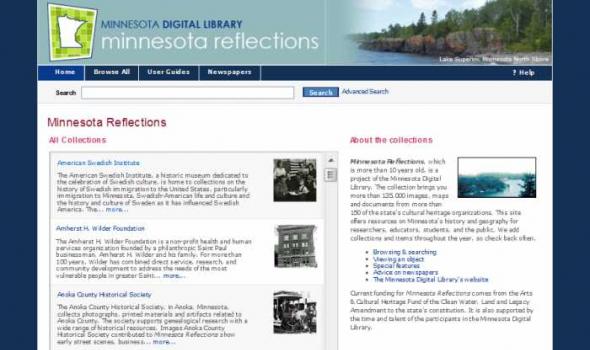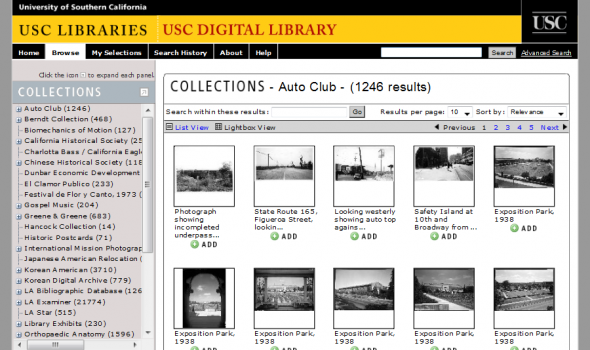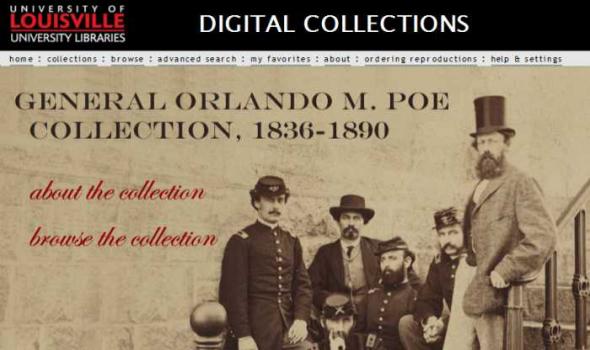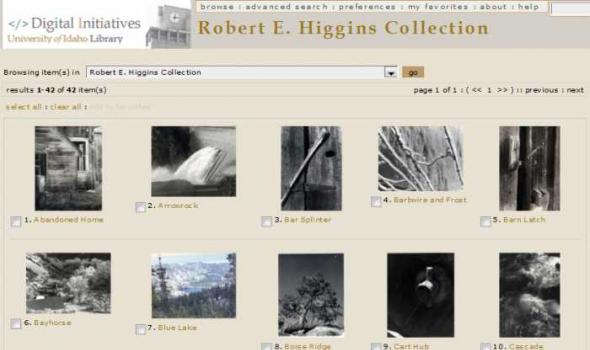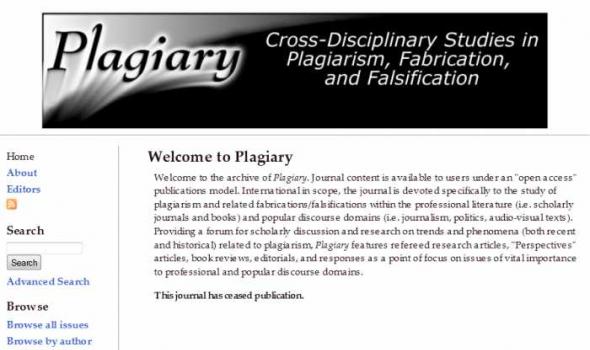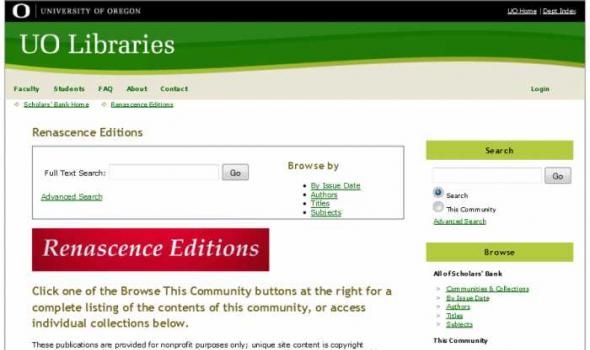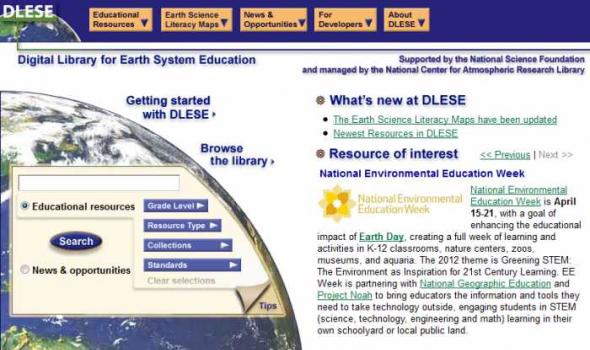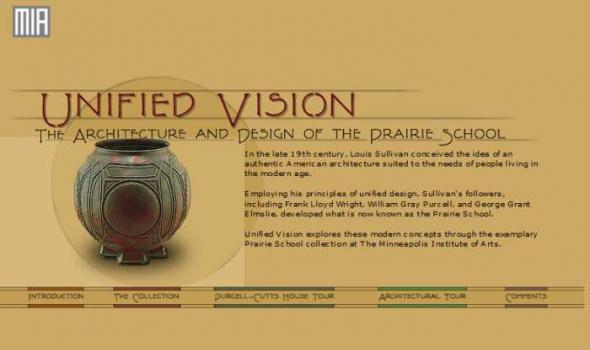Washington University
History of Medicine Introduction This exhibit [and accompanying brochure] highlight the joint observance of the 500th anniversary of the birth of Paracelsus by three American medical libraries -- The Hahnemann University Library, The National Library of Medicine, and The Washington University Medical Library (St. Louis). It has been prepared to accompany the special exhibits which, along with lectures and other programs, are being organized at these libraries. The intent of the various events is to celebrate as well as to explain the contributions of this major Renaissance figure, especially those in medicine, chemistry, and pharmacy.
This web site features approximately 320 digitally rendered images from a collection of over 15,000 photographic prints held by the University Archives of Washington University in St. Louis. This web site consists of five sections, namely: that will be on exhibit in the Department of Special Collections in Olin Library at Washington University in St. Louis from 25 May to 31 July 2001. Last modified: August 3, 2001
Introduction by Anne Posega With these words Hanmer voiced England's growing national pride in Shakespeare, a pride materially represented by the numerous editions which were produced in the 18th century. Different editors argued for their textual emendations in prefaces, footnotes, and advertisements, and the debate fueled layer after layer of criticism and responses. In a similar way, the illustrations in these editions were themselves transforming, starting with the first illustrated edition in 1709. Edited by Nicolas Rowe and printed for Jacob Tonson, The Works of Mr. William Shakespear, in Six Volumes was the first edition to be "Adorn'd with cuts". The illustrations in this edition were generally theatrical in nature, with many looking like illustrations of a production.
Celebrating Women The achievements of women have marked every aspect of Washington University history, in its excellence of teaching, in the depth of its research, and in the lives of so many students. We hope you will enjoy browsing the thematic topics of this online exhibit, which are listed on the right-hand menu. Each section contains multiple pages of information. The exhibit may also be searched by keyword, or you can select "Browse Items" or "Browse Collections" to view lists of materials used in this exhibition. The stories of these accomplishments could fill pages upon pages. This exhibit can only offer a beginning look into this history by highlighting some of these women and their accomplishments.
Overture At many universities, athletics was said to unite the student body, but at Washington before the First World War, dramatics came closest to filling that role ... With no more than occasional help from faculty members, usually in the English Department, and a few theater buffs in the city, students made Washington University the busiest center of theatrical activity in St. Louis --Ralph Morrow, Washington University in St. Louis: A History , p.242. In Curtain Time , the story of student performing arts at the University is told through programs, music scores, photographs, sound recordings, video, and artifacts from the University's historical record.
Depicting Devotion: Illuminated Books of Hours from the Middle Ages December 5, 2001 - February 16, 2002 Curated by Kevin Kalish, Department of English and Christina Linsenmeyer van Schalkwyk, Department of Music Rarely does the opportunity come to peruse, page by page, through a medieval book or manuscript. This exhibit attempts just that. By following the arrangement of this exhibition, the viewer sees the structure and format of a Book of Hours writ large. Books of Hours, one specimen in the history of Illuminated Manuscripts, exhibit a vivid interplay between image and text.
In keeping with its designer's intent, Washington University's Benjamin Brown Graham Memorial Chapel serves as a refuge to entertain both the intellectual and spiritual. The physical design of Graham is quite straightforward. The intellectual and spiritual impetus of the design of Graham is not. By sauntering through a forest of historical perspective, we will examine Graham's manner of conception by focusing on two elements: grotesques and glass.
Collection Description 35,000 Items (164.5 linear feet) Access: Some restrictions. Contact curator. James Ingram Merrill was born in New York City on March 3, 1926, and grew up in Manhattan and Southampton. He was the son of Charles Merrill, co-founder of the brokerage firm Merrill Lynch, and his second wife, Hellen Ingram. He began writing poems at as a child, and at age sixteen, while he was in prep school, his father had a book of them privately printed under the title Jim’s Book . Merrill’s studies at Amherst College were interrupted by service in the U.S. Army from 1944 to 1945. Another book, The Black Swan , was privately printed in 1946 while he was still in college. Following his graduation in 1947, he taught for a year at Bard College.
Site Search Hours | Site Index email chat phone text My Library Accounts | Interlibrary Loan | Reserves A Description of the Arnold Semeiology Collection Perhaps the most varied and individual collection in the Special Collections of the Washington University Libraries, the Philip Mills Arnold Semeiology Collection now numbers approximately 1600 volumes, extending in time from the Ars Oratoria of Jacopo Publicio (Augsburg, 1490) to Charles Kasiel Bliss's International Semantography (Sydney, 1948-49), and ranging in subject matter from cryptography to the sign language of the deaf.
The Printing House of the Family Blaeu: 17th Century Cartographic Printing from the Netherlands During the seventeenth century the people of the seventeen united provinces of the Netherlands experienced a period of tremendous economic prosperity. As a water-logged society with few land-based natural resources of their own, the Dutch developed into a highly efficient maritime culture that feverishly explored the globe to find goods that were in demand on the continental European market. Along with numerous advances in the fields of science, industry, business, and linguistics, the Dutch also became experts at book and cartographic printing.
Terra Incognita: An Online Exhibition This exhibit features early printed accounts of exploration and cultural encounters between what is known as the Old World or Europe and the New World or the Americas. The people on both sides of these encounters viewed the people they met through the screen of their culture and how they perceived the world, including their myths, legends, and religious beliefs. Both sides often had to reconfigure and rebuild their idea of the world with this new knowledge. The results yielded much knowledge and discovery but also misunderstanding, fear and violent attempts to control various groups.
About Wayman Crow The youngest in a family of twelve children, Wayman Crow was born in Hartford, Kentucky, on March 7, 1808. Crow first entered the dry goods business in 1820, when he began a five-year apprenticeship in a general dry goods store in Kentucky. By 1828, he was operating his own dry goods store, and he moved to St. Louis in 1835. In partnership with his cousin, Joshua Tevis of Philadelphia, he established the wholesale dry goods house of Crow & Tevis. In later years, the business would be known as Crow, McCreery & Company Crow, Hargadine & Company, and Hargadine-McKittrick Dry Goods Company. In 1840, Crow was elected to the Missouri state senate, on the Whig ticket. He was elected to a second term in the senate in 1850.
This website, dedicated to the work by women artists in the collections of Washington University, was developed in 2001-2002 with the support of a grant from the Sam Fox Arts Center at Washington University in Saint Louis. The project was developed in concert with a course, "L01-3631 Creative Women: Modern Artists and Writers," co-taught in the Spring of 2002 by Elizabeth C. Childs, Associate Professor of Art History and Archaeology, and Helen Power, Senior Lecturer in Women's Studies. Betha Whitlow, Curator of Visual Resources in the Department of Art History and Archaeology, supervised the design and implementation of the site in consultation with Professor Childs and Dr. Sabine Eckmann, Curator of the Mildred Lane Kemper Art Museum.













